Seatposts with shock absorbers for bicycles: what are they for and how to choose?
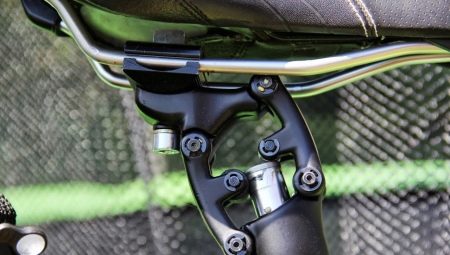
When riding on uneven surfaces, the cyclist is constantly shaking. Using a seatpost with a shock absorber for a bicycle allows the rider to feel much more comfortable during the trip. Correctly choose the long tube for a bicycle seat, this article will help you.

Advantages and disadvantages
High-quality 2-hanging bikes are expensive, and a soft wide saddle can rub the inside of the thighs. To significantly reduce the shock transmitted to the body of the rider through the rear wheel, you can put a seat tube with a shock absorber. In addition, such a seatpost is suitable for most bicycles, and you can increase comfort even on an old bike. It costs much less than a new bike.

Such a pin is installed in the same way as a regular hard seatpost. He is significantly reduces the load on the spine and slows down fatigue. As a result, the average travel speed increases. Some models allow you to remotely adjust the height of the seat, which will allow the rider to better adapt to the road depending on its condition.
The cushioning pin, in addition to the advantages, has some disadvantages. It requires regular lubrication of moving parts and cleanliness. And also its mass is slightly larger than that of a hard seatpost, and the life is shorter.
Despite this, the shock-absorbed pipe finds more and more widespread use not only among professionals, but also among amateurs.

Kinds
For various types of bikes, several sub-seat designs have been created.The pins with a shock absorber are divided into several types, which differ in design and purpose.
Telescopic
It consists of 2 tubes, one of which slides along the inner surface of the other. A spring with an elastomer is installed inside them. His virtues are simplicity of the device, relative resistance to dirt and mechanical damage. Of the shortcomings - high compression under load, limiting the size of the stroke. When adjusting the height of the saddle, this must be taken into account.
Due to internal friction, softening small vibrations is difficult. This pin is best chosen for cross-country bikes when it is necessary to mitigate large blows, and it is possible to ride on a dirty road.

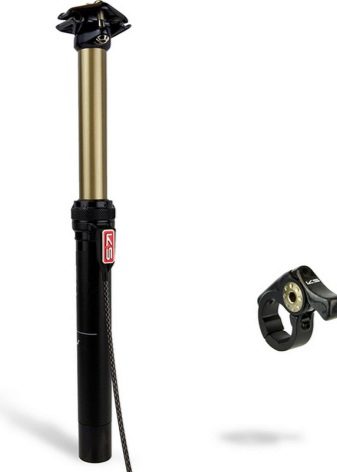
Parallelogram or lever
Geometrically similar to this figure, an elastomer is installed between its arms. Such a pin bends less under the weight of the rider, which simplifies adjustment. The carrying capacity is usually limited to 90 kg, but more durable models are also available. Such seatposts require more careful maintenance than telescopic, and more frequent lubrication of the joints.
The service life of the lever pin is usually less than the telescopic. This seatpost better dampens small vibrations and vibrations. It is advisable to choose a seatpost of this design for road and touring bikes when you need to ride on relatively flat surfaces or paved roads.
Both types of seatposts have a working stroke of 3-6 cm. The stiffness can be adjusted to the rider's weight or the desired degree of comfort. Some models can be adjusted manually without using a tool. The adjusting screw is located at the bottom of the pin, which is inserted into the frame.
And also the seatposts are separated by the method of fixing the saddle. More common single bolt mounts provide a secure hold for the seat rails, but tilt adjustment is pretty crude. Double-bolt - more accurate, but also more expensive.
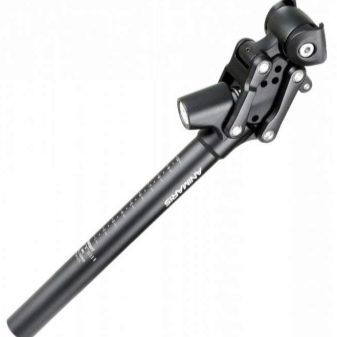

Seat height adjustment pins
Separately, it is worth talking about drive-mounted seatposts. Their main task is to change the height of the saddle depending on the terrain. When driving through bumps, the seat must be lowered as much as possible so that it does not interfere with jumping. When riding on flat terrain, on the contrary, the saddle needs to be raised, which will increase the effectiveness of pedaling. If there is an alternation of obstacles and flat areas, then you need to remotely change the height of the saddle when riding.
These pins come with mechanical and hydraulic drives. The range of variation in height is usually 100 mm. More advanced models have an adjustment of 125-150 mm. The flagship value is 200 mm.
At the same time, pumping the hydraulic saddle, unlike brakes, is not required.
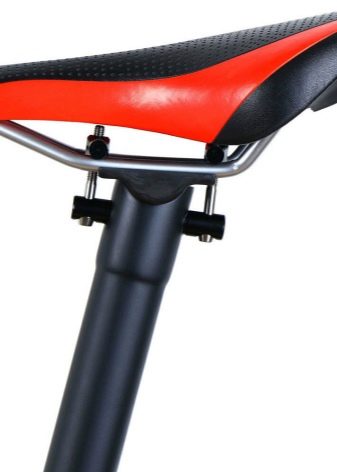
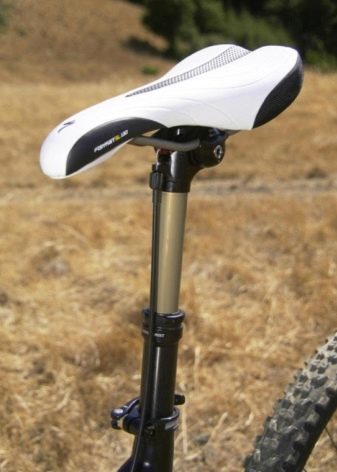
The seatpost drive is remotely controlled using a special button on the steering wheel. It can be stepped and continuous. When stepped - the saddle rises to a predetermined value at the touch of a button and occupies a fixed position. With continuous - you need to hold the button, which will more accurately set the desired height. The latter drive option is more convenient and more common.
The height adjustment button can also be located on the seatpost itself, then a separate drive is not needed. In this case, you need to let go of the steering wheel, which is suitable only for a flat surface. For cross-country bikes, this option is unacceptable, since difficult terrain requires constant control of the steering wheel. Pins of this type are more specific and less common.
The drive output can be at the bottom and top of the seatpost. The bottom outlet applies if your bike frame allows for internal drives. This option is better protected from mechanical damage and looks aesthetically pleasing.
If there is no internal wiring, in this case you need a pin with an upper output. Such a pin can be installed on any bike.
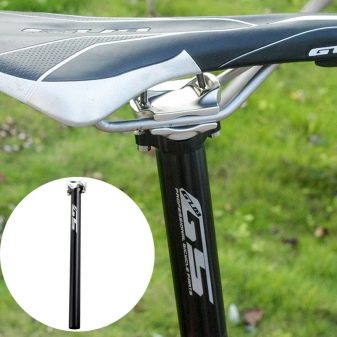
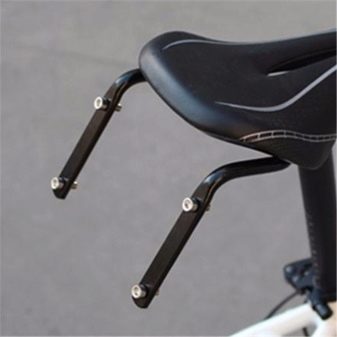
Features of choice
It is important to correctly select and install the pipe - for this it must be of sufficient length. Any seatpost should go deep into the frame by 15-20 cm. The deeper it is in the frame, the greater the weight of the rider can withstand, and the stronger the connection. But at the same time, a too long pipe should not be taken, as this will give an extra increase in the weight of the bicycle. When installing, it is necessary to follow the mark of the largest extension of the pin.
The upper position of the cushioning pin should exceed the normal height by 1-2 cm. This is necessary so that when riding a bike the rider takes a natural position, since the shock absorber bends.
And also the pins come in different diameters - 27.2 and 31.6 mm. Consider this when choosing. The 25 mm standard is out of date, and bikes with this diameter are no longer available, although they are still quite common.
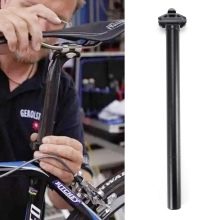
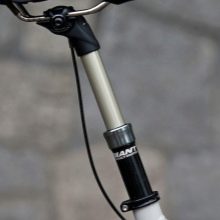
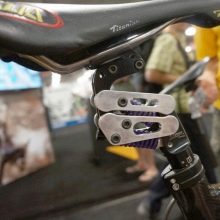
Output
Comfort while cycling guarantees a good result. Seatpost tubes with shock absorbers allow you to better control the behavior of the bike, reduce the load on the back, and keep the body in good shape. Reviews from real users confirm this.
In addition, a flexible seatpost will not allow you to buy an expensive two-suspension, but restrict yourself to a cheaper hardtail. When operating such a pin, the difference will be almost imperceptible.
On tough road bikes, a cushioned seatpost will reduce bumps on the rider's body. This will allow less fatigue and increase speed.
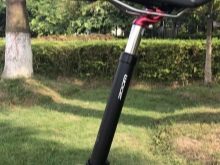
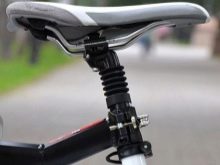
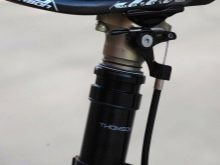
See how to choose seatposts with shock absorbers for your bike in the next video.









